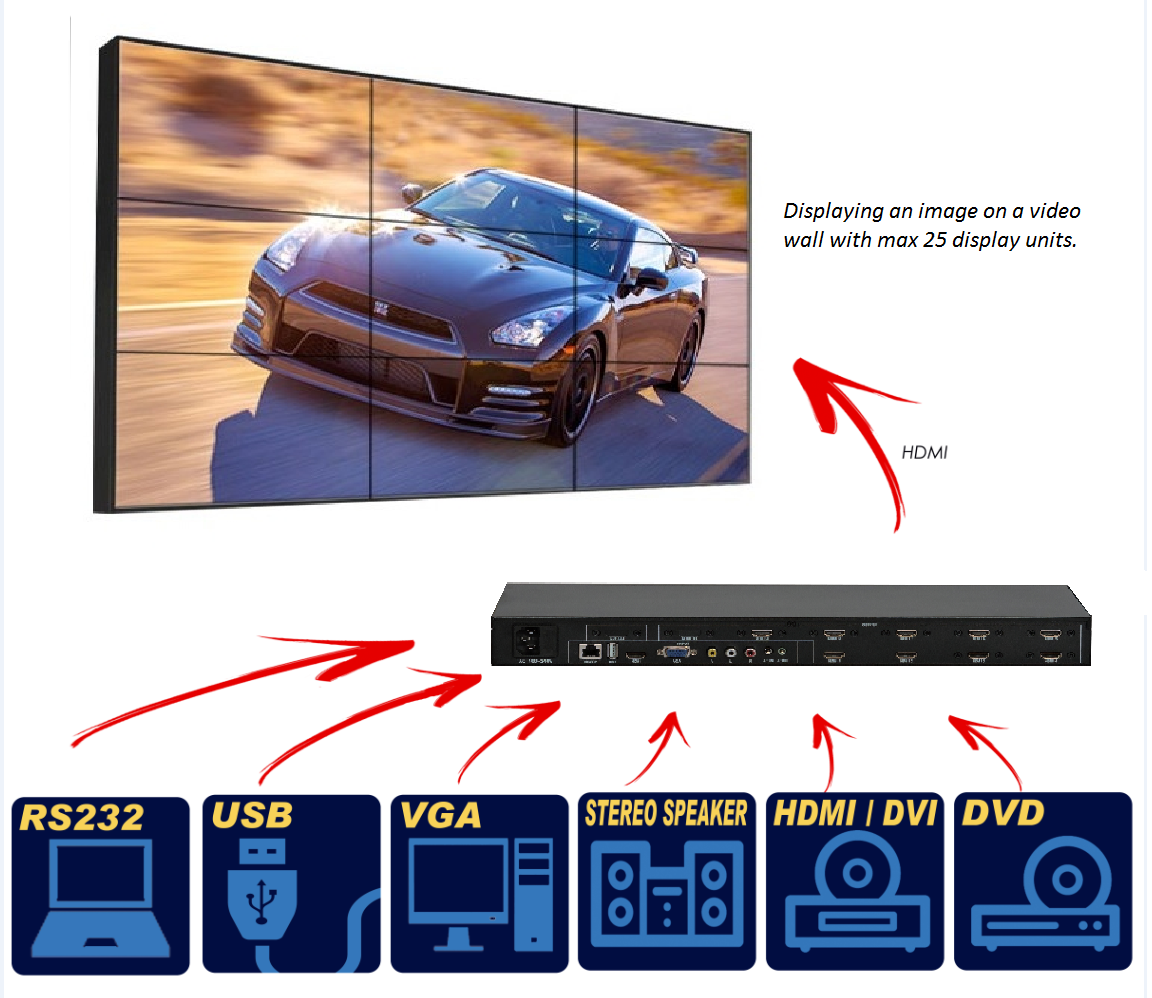

Minicom lets you manually echo and always exits when you ask it to. To communicate using a terminal program I used Minicom (sudo apt-get install minicom). Otherwise it will move to sdb1 then sdc1 and so on. Once you write to the SD card, remember to unmount it before restarting the ReMix board. # once create a mnt/sd mount destination sudo mkdir /mnt sudo mkdir /mnt/sd # mount the partition sudo mount /dev/sda1 /mnt/sd The SD card can be mounted on the Pi via: dev/ttyACM0 - this is the serial device that connects using a terminal app. When you connect there will be two relevant /dev entries added. The board is similarly easy to connect to on a Raspberry Pi. The port doesn’t echo so you won’t see what you type. When you connect to it if you hit the Enter key it should say “ok” back. The serial port runs at whatever speed you connect to it at (I used 115Kbaud). FIRMWARE.CUR - this is the renamed firmware.bin binary firmware.config.txt - this is the configuration file for the Smoothieware implementation.


When you connect it creates a pseudo-serial port you can use putty with and it also mounts the SD card as a drive on the desktop. I started by connecting it to a USB port on my desktop. Connecting to the ReMixĭepending on your computer -> Connect via USB in Windows So basically there’s no way to control my laser cutter from the PC at the other side of the garage.This is a really nice board but as usual the documentation is sketchy. So Cohesion3D(GRBL) is the only option that realistically I can use with the mini, but there’s no ethernet interface for that since GRBL-LPC has no web interface. But it does not actually work, and since Smoothie isn’t recommended anyway that’s not a good route. Lightburn looks like it offers Ethernet connection, and Cohesion3D(Smoothie) is listed as a device type that supports Ethernet. Smoothieware (default on Cohesion3D mini) does not work well for engraving, so we’re being advised to use GRBL-LPC to get good engraving support. But what I’m slowly seeing is that basically none of these things are true. I feel like I was sold a new controller that in theory was capable of a lot of things, cutting, engraving, web interface, remote control via ethernet etc. To be honest I’m thoroughly confused with the entire Cohesion3D / Smoothieware / Lightburn ecosystem right now.


 0 kommentar(er)
0 kommentar(er)
